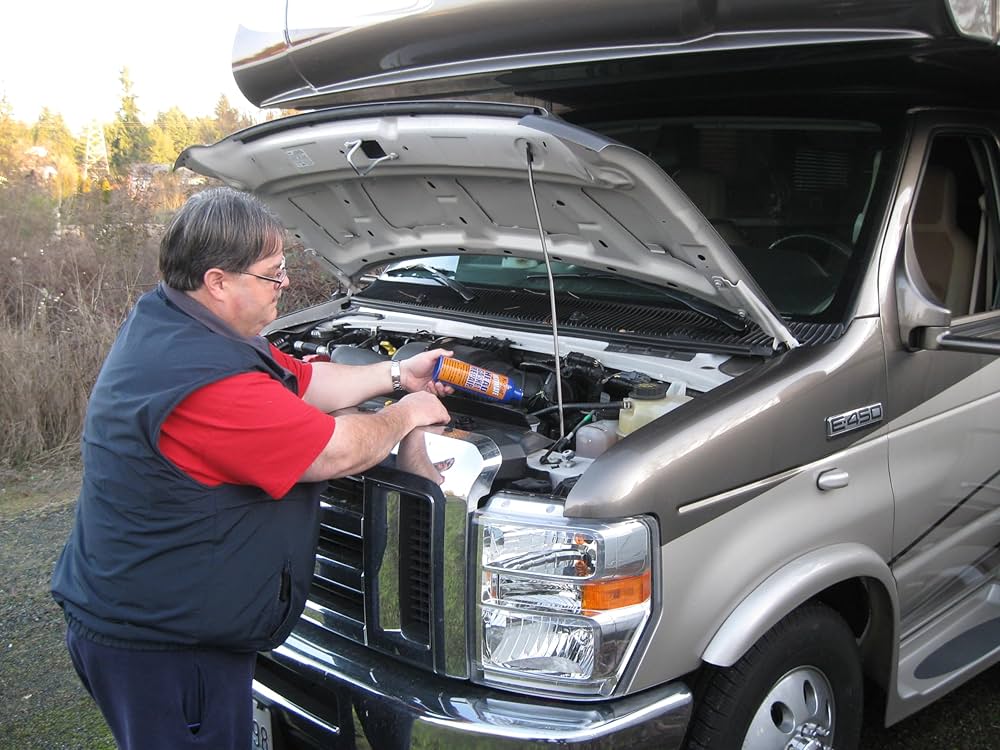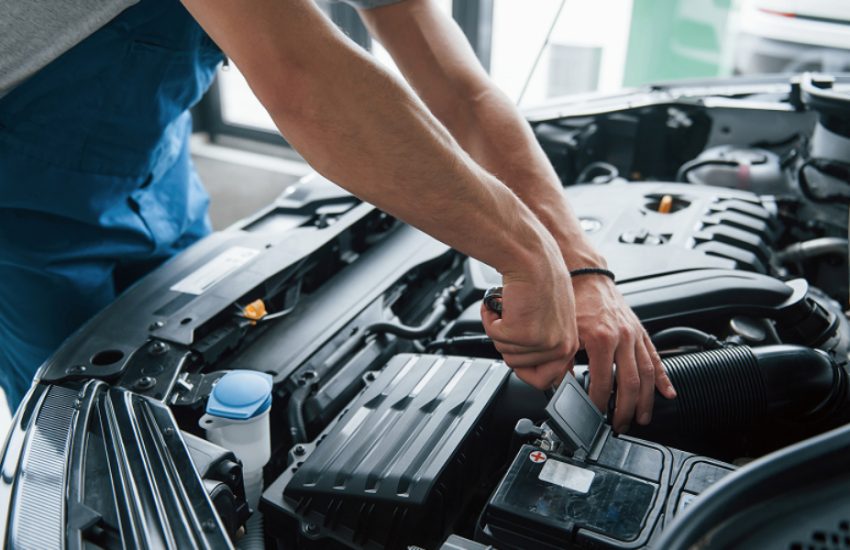Power Seats Demystified: Fuses, Relays, and Troubleshooting Tips
Power seats, common in modern cars, require a complex electrical system. This technology relies on tiny but vital fuses to prevent circuit overloads. Fuse safety devices melt metal wires or strips when current reaches a threshold, terminating the circuit. This protects the wiring, power seat motor, and other electrical components. Fuse amperage ratings reflect their maximum current capacity before blowing. The power seat fuse is normally in the fuse box under the dashboard, in the engine compartment, or in the trunk. Check your car’s owner’s manual for location and amperage rating. At Auto Repair in Wheatridge, CO, you can get expert assistance with diagnosing and fixing power seat issues.
Relays: Acting as Electrical Switches
Relays are essential for managing the power seat’s functionality. Relays are electrically powered switches that enable a high-current circuit to be controlled by a low-current circuit such as the seat adjustment buttons. A tiny electrical signal is sent to the relay when a seat adjustment button is pressed. The relay then shuts the circuit and permits electricity to reach the seat motor. The seat motor needs a lot of current, and it would be unsafe and impractical to route that high current through the dashboard switches. For this reason, relays are utilised.
Diagnosing Fuse and Relay Problems
Checking the fuse is the first thing to do if your power seat stops functioning. A broken filament inside the glass or plastic enclosure makes it easy to identify a blown fuse. A new fuse with the exact same amperage rating should be used to replace the blown one. A short circuit in the system that requires more research is indicated if the new fuse explodes right away. Suspecting the relay comes next if the fuse is undamaged. A multimeter is usually used to test a relay in order to ensure that it operates properly and continues to function when electricity is delivered to the control circuit.
Common Causes of Fuse and Relay Failures
Usually, overloads brought on by a short circuit, a malfunctioning motor, or a wiring problem cause fuses to blow. When wires are exposed by defective insulation, they can come into contact with one another and form a route of low resistance, which can result in short circuits.
Conclusion
Relays and fuses are meant to safeguard the system, but they can last longer if certain precautions are taken. The motor and wiring may be strained if the seat is forced beyond its range of motion. Check the wiring harness frequently for indications of wear or damage. Maintaining clean and oiled seat tracks will lessen the motor’s workload and avoid binding. To stop additional damage, take quick action if you hear strange sounds or feel hesitancy when the seat moves.



